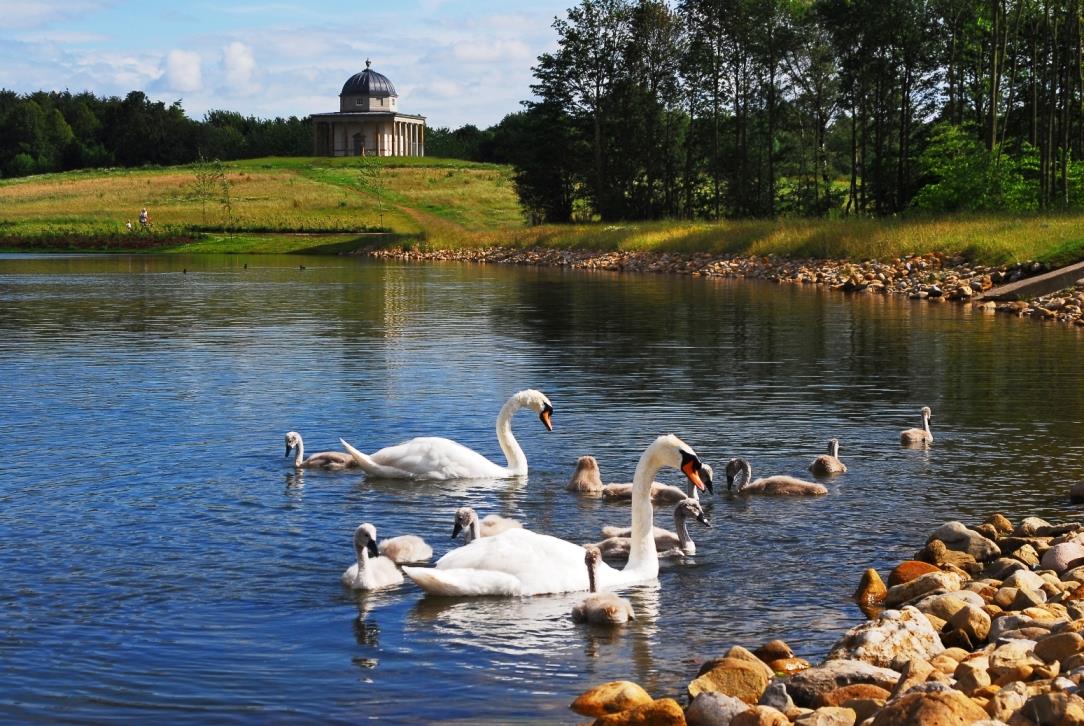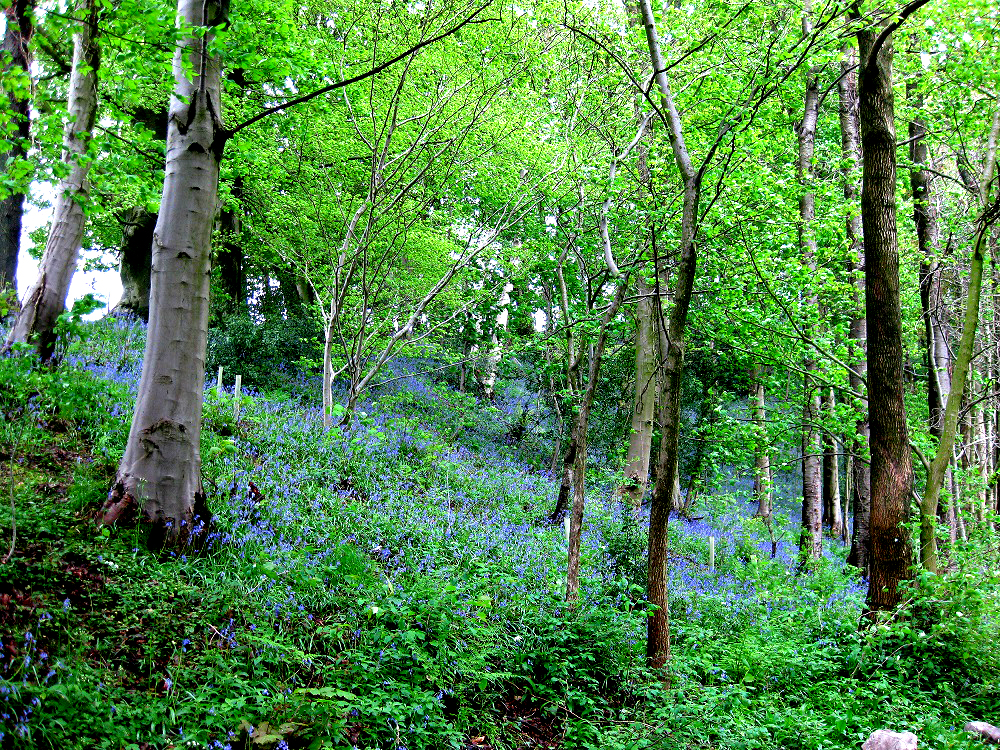Darlington’s first ever Air Quality strategy is now live on Darlington Borough Council’s website. Produced by Environmental Health, the strategy sets out a five-year plan on how the council aims to protect, monitor and improve air quality across the borough. It also highlights the council’s commitment to bring about improvements in air quality as opportunities arise, to protect public health and the environment.
Darlington has not been required to have a strategy until now since no air quality management areas exist in the borough. However, recent changes to national policy have made this a requirement to ensure that nationally and locally, air quality remains high on the agenda of priorities.
Poor air quality has been found to contribute to up to 43,000 deaths every year in the UK with a total estimated healthcare cost to the NHS and social care of £157 million in 2017.
Air quality in Darlington is generally good with pollutant levels below the relevant national air quality objectives. However, with increasing use of log burners, and road traffic for example, good air quality cannot be taken for granted. In addition, for some pollutants there is no safe level of exposure.
In Darlington the principal pollutants of concern are particulates (PM2.5 and PM10) and nitrogen dioxide (NO2) arising mostly from road traffic emissions.
A recent and ongoing campaign to tackle engine idling across the borough is one of the ways the council is working to reduce air pollution alongside encouraging people to walk and cycle more, reducing the level of traffic on the road.
‘Burn Right’, an educational campaign to advise people on the correct fuel to use in log burners and how to maintain them safely, is another example of how the council is working to protect air quality and the health of residents.
The strategy also details how the Environmental Health team will continue its work to regulate certain industrial processes to protect air quality and to pass comment on planning applications where needed.
The team also has enforcement powers to tackle nuisance associated with smoke, dust and fumes from premises (chimneys and garden bonfires) and to enforce the Clean Air Act 1993 (as amended by the Environment Act 2021) relating to dark smoke offences and smoke control area requirements.
This strategy looks at what the council currently does and identifies new areas which can be explored to make further improvements. The strategy links to the commitment to reducing the council’s carbon emissions to net zero (carbon-neutral) by 2040 and it also links to wider national policies including Defra’s Environmental Improvement Plan 2023 and the National Air Quality Strategy 2023.
Councillors Matthew Roche and Chris McEwan, Darlington Borough Council’s respective cabinet members for health and housing, and economy, said in a joint quote: “Clean air is essential to the quality of life and health of everyone who lives, works in or visits our borough and we are committed to protecting and improving air quality for the benefit of current and future generations. “Minimising air pollution levels will bring lasting benefits, with positive effects on public health, economic growth, and population wellbeing. “Only by working together across the council, with external partners and our community, can we bring about meaningful improvements in air quality. “This air quality strategy will contribute to Darlington becoming a healthier, more sustainable, prosperous and desirable place to live, work and visit.”
The strategy is available on the council’s website at: www.darlington.gov.uk/airqualitystrategy










